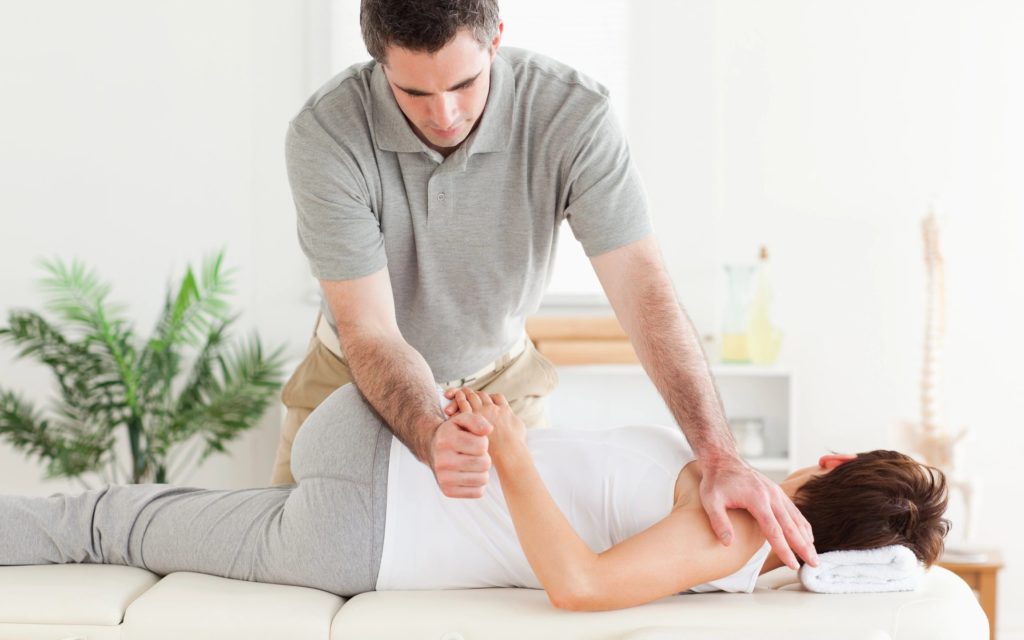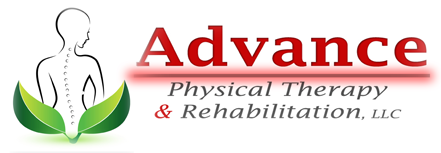
27 Dec Physical Therapy to Help with Lower Back Pain and Discomfort

Lower back pain can strike at any age no matter what your body type may be; it’s estimated that over three-quarters of adults will experience some degree of lower back pain during their lifetimes, and the symptoms of this condition can range from mild discomfort to utterly debilitating pain. If you’re experiencing lower back pain, keep in mind that physical therapy can help; most physical therapy treatments are non-invasive, but they can provide just as much relief as surgery or drug treatments. To help you learn more about the causes of lower back pain and what physical therapy can do to alleviate this condition, we’ve put together this simple guide to physical therapy for lower back pain and discomfort.
What Causes Lower Back Pain?
Lower back pain and discomfort can be caused by a variety of different circumstances. Over time, gravity puts stress on your spine that can cause it to deteriorate, and poor posture can contribute to back pain.Furthermore, inflammation in the spine can also contribute to lower back pain. Inflammation can cause the cartilage between your vertebrae to break down, which results in conditions like osteoarthritis and spondylitis.
Another condition, known as radiculopathy, is caused when a combination of compression and inflammation damages your spinal nerve root. In general, any number of lifestyle choices, genetic factors, or degenerative diseases can cause lower back pain, and you’ll need to consult with your physical therapist to learn which treatment methods are best for the particular underlying symptoms that are at work in your situation.
How Does Physical Therapy Help with Lower Back Pain?
Unlike narcotics, physical therapy can help you treat the underlying causes of your back pain. And, unlike surgery, physical therapy is low-risk,which means that you can try this treatment without any serious commitment.Physical therapy relaxes your muscles while simultaneously exercising and strengthening various parts of your body, and your physical therapist can also teach you about the best ways to lift, bend, and sit to avoid causing any further back pain.
A good physical therapist can also prescribe a specific exercise regimen that’s tailor-fit to your individual needs. Plus, when your pain gets too hard to manage on your own, your physical therapist is there to provide natural relief.
Which Physical Therapy Techniques Help with Lower Back Pain?
Here are some of the techniques your physical therapist might use to help alleviate your back pain:
Massage
Massage relaxes your muscles, and it also helps improve circulation to your muscle tissues. This treatment technique can help alleviate acute pain when it flares up, and it will also help your body defend itself against pain that crops up again in the future.
Mobilization
Mobilization consists of slow, measured movements that push, pull, or twist your bones and joints into position. You can do some mobilization exercises on your own, but most require the help of a physical therapist.
Manipulation
Chiropractors and physical therapists can use manipulation to gently but firmly return your joints and bones to their proper positions. Depending on the type of manipulation that is being done, it may consist of slow or lightning-fast movements.
What Are Some Exercises That You Can Try to Help with Lower Back Pain?
After you get home from your physical therapist’s office, there are a few exercises that you might want to try to help with your lower back pain. You can ask your physical therapist to teach you how todo these exercises, and you can even give them a try in the office to make sure that you’ve mastered the relevant techniques.
Prone Exercises
For these exercises, you’ll need to begin by lying prone. If you’re currently experiencing back pain, lay on your stomach without moving for a few minutes, and then prop yourself up on your elbows for about one minute.
After you’ve become acclimated to this slightly raised position, press up with your hands to raise your chest in relation to your legs. Slowly press as far as possible, but if you experience extreme pain, slowly lower yourself back into the prone position. If possible, go from prone to full press-up ten times in a row as you monitor your symptoms.
Off-Center Press-Up
This exercise also starts in the prone position, but this time, you’ll need to move your hips off-center before you press your torso upward. Prop yourself up on your elbows, and then shift your hips to one side. Moving your hips away from your painful side is often the most effective way to do this exercise, but you may want to try doing press-ups on both sides.
Off-center press-ups are harder than normal press-ups, so take things easy at first. If you find doing this exercise on one side is uncomfortable,switch your hips over to the other side.
Standing Lumbar Side Glide
Start by standing about a foot away from a wall. Tuck your elbow into your ribs, and lean your shoulder against the wall. Then, slowly push your pelvis underneath your rib cage. Do this exercise ten times on each side, and carefully monitor your pain levels for any changes.
Lumbar Flexion Rotation
Lie with your painful side on the floor or on a yoga mat. Straighten your bottom leg, and lift your top leg so that it’s tucked behind your bottom knee. Put your top hand on your top shoulder blade, and turn your torso to angle your top shoulder toward the floor. Hold this position for a few seconds,and then return to the starting position.




Sorry, the comment form is closed at this time.